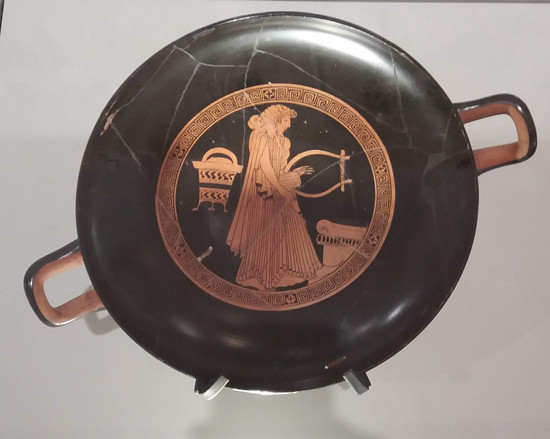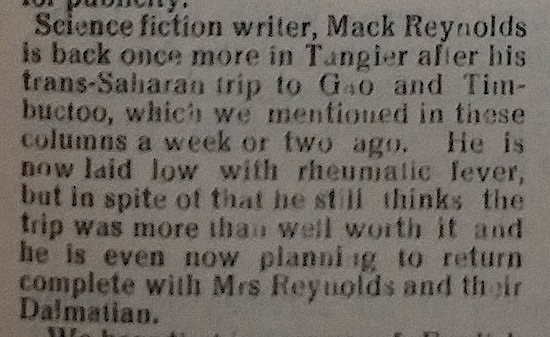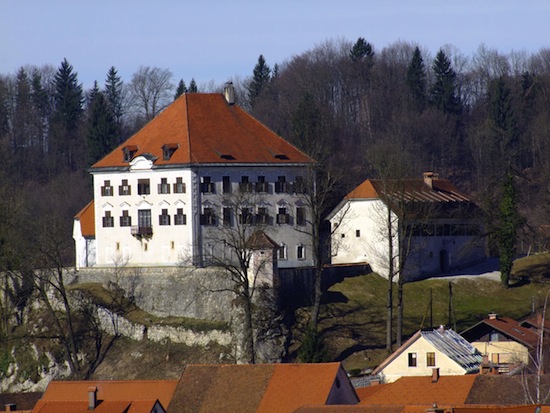Music in Antiquity on Display in Madrid

Attic red figure cup of a female musician playing at an altar, c. 480 BC.
It’s the summer art season here in Madrid, and tourists, locals, and immigrants like me are fleeing to the air conditioned sanctuaries of major exhibitions to avoid heat stroke and see some culture.
One of the more interesting exhibitions is at the Caixa Forum, an exhibition space run by one of Spain’s major banks. Music in Antiquity traces the development of various musical instruments in Europe and the Middle East, and looks at how music was used in various ancient cultures.
About 400 artifacts from the Louvre, the National Museum in Athens, Metropolitan Museum of Art and other institutions trace some 3,000 years of history.








